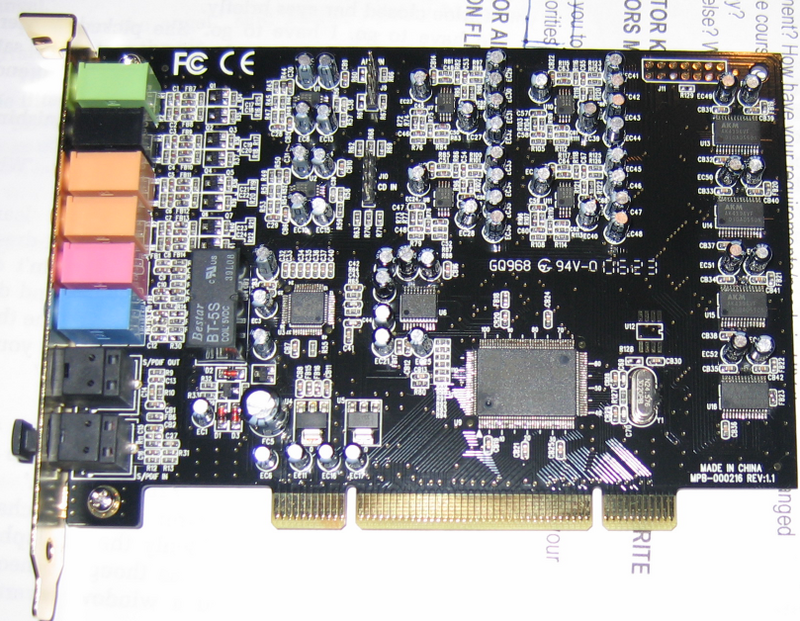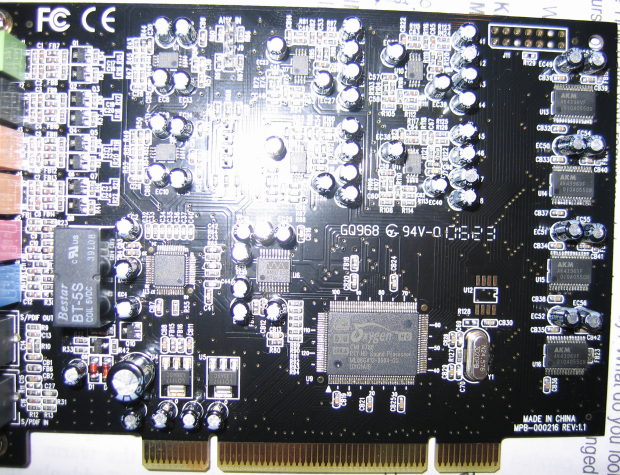alg7_munif
Supreme [H]ardness
- Joined
- Oct 9, 2006
- Messages
- 5,862
I have both X-Meridian and X-Fi, I've heard both cards and I know which is a better analogue card, have you heard the sound from the X-Meridian? I've always suggested the Theatron DTS to people that are only interested in digital connection. I just can't stand people saying a card is bad but never listened to it before. Maybe for you anything that is not from Creative is always bad. I can't said the X-Meridian is better than Elite Pro because I've never listened to Elite Pro before. I've always suggested the XtremeMusic or XtremeGamer to people that have a lower budget.MixBar said:The X-Meridian is not a good analogue soundcard and not a effective effect or recording card.
No. The X-Fi can do more, many more.
The large advantage(if uses) of the CMI8788 are the real time encoding software, but for this you don't need a X-Meridian. A 57 Club3D THDTS does exactly the same.
![[H]ard|Forum](/styles/hardforum/xenforo/logo_dark.png)


